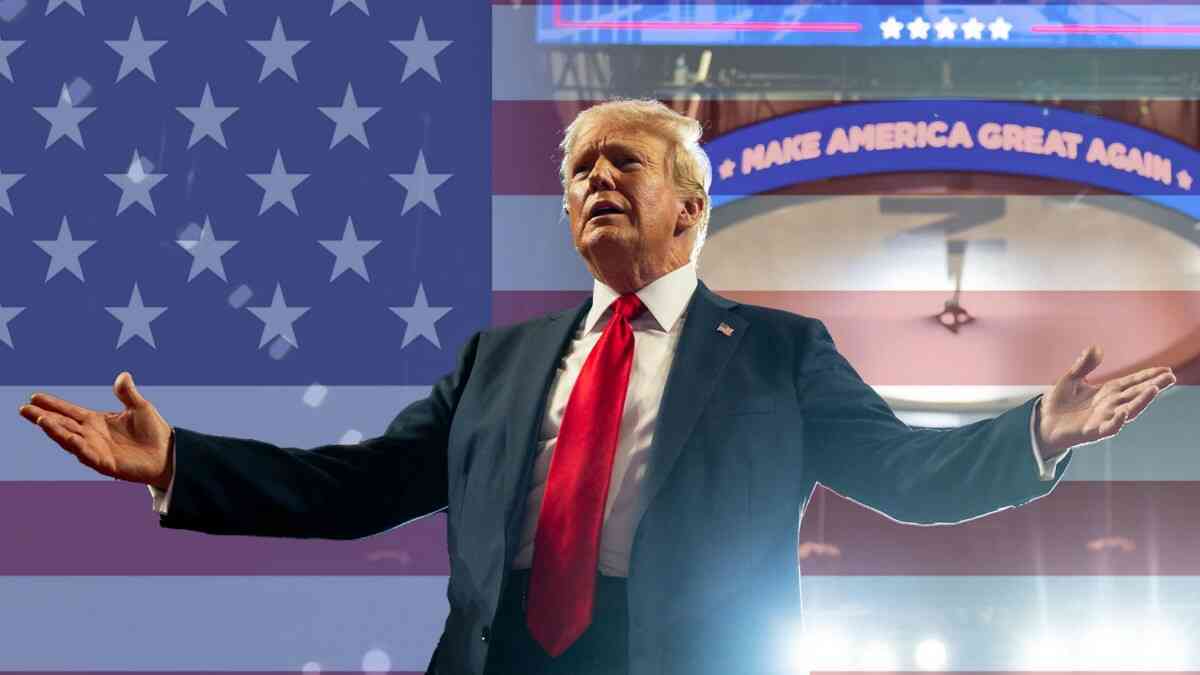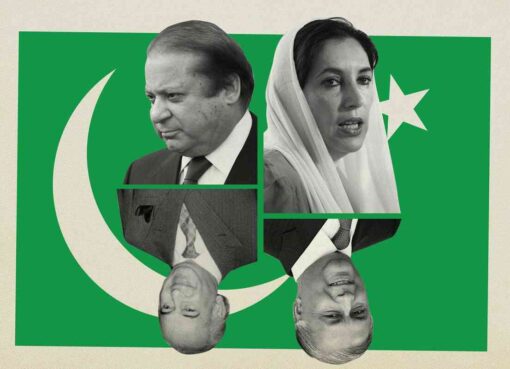The 2024 U.S. presidential election highlighted a historical pattern: despite strides in gender equality, a significant portion of the American population remains hesitant to elect a woman as president. The victory of former President Donald Trump over Vice President Kamala Harris sparked discussions on why the United States has not yet elected a female president and what factors contribute to this reluctance. This article explores research findings, historical context, and social factors that shape American attitudes toward women in the nation’s highest office.
1. Historical Precedents and Cultural Norms
Historically, the United States has lagged behind other nations in electing women to top government positions. Countries like India, Israel, and the UK had female leaders decades ago, reflecting different cultural norms about women in leadership. In the U.S., the presidency has always been held by men, a pattern that reinforces the cultural perception of leadership as a “male role.” This cultural precedent impacts public perception, making it more challenging for a woman candidate to seem “presidential” to some voters.
Studies on gender and leadership reveal that Americans have historically associated leadership traits—such as decisiveness, assertiveness, and strength—with men. Research by the American Psychological Association found that when female politicians display these traditionally “male” traits, they are often perceived negatively, affecting public opinion and their electability.
2. Implicit Gender Bias and Stereotyping
Implicit bias also plays a significant role in voter reluctance. Even as overt sexism has declined, studies show that many Americans harbor subconscious biases that affect their choices. A 2020 study by the Pew Research Center found that while 71% of Americans said they were comfortable with a female president, concerns about women’s “emotionality” and “stability” in handling national crises still lingered among certain voter demographics. The persistence of such biases creates an added burden for female candidates to prove their competency on issues like national security and foreign policy.
3. Electability Concerns and Self-Fulfilling Prophecies
The concept of “electability” often deters voters from supporting a female candidate. Many voters may personally support a woman for president but believe that other Americans would not, making them hesitant to cast their vote in favor. This self-fulfilling prophecy reinforces a pattern in which viable female candidates are often sidelined by voters’ perceived concerns about electability. This was apparent in the 2024 election, where Trump’s supporters highlighted his perceived ability to “stand up” against rivals, drawing male voters who might have been concerned about Harris’s ability to project similar strength.
4. Influence of Media and Public Perception
Media coverage has a profound effect on shaping perceptions of female candidates. Research by the Harvard Kennedy School found that women in politics receive more scrutiny regarding their personal lives and appearance, while male candidates are more often evaluated based on their policy and achievements. This disproportionate media treatment can negatively impact female candidates’ public image, making them appear less “electable” or competent.
During the 2024 election, Harris faced amplified scrutiny, from her policy stances to her public demeanor, which detracted from discussions about her qualifications and experience. These trends are not unique to Harris but reflect an ongoing challenge for women in politics, who often find themselves navigating stereotypes that male counterparts do not face.
5. Gender and Generational Gaps in Attitudes
Generational differences reveal shifting attitudes toward women in leadership. Younger Americans, especially millennials and Gen Z, show more support for gender equality and are likelier to back female candidates than older generations. However, these younger voters have not yet become the majority in national elections. Many older voters, who grew up in eras with limited female representation in politics, remain more comfortable with male leaders. These generational attitudes create a time lag in shifting norms, contributing to the ongoing challenge of electing a woman president.
6. The Role of Religious and Social Conservatism
Religious and socially conservative beliefs also contribute to some Americans’ reluctance toward a woman president. Many conservative voters hold traditional beliefs about gender roles, with male leadership seen as natural or even divinely endorsed. A study by the Pew Research Center found that a higher percentage of evangelical voters supported male candidates due to beliefs about men’s role in leadership, which affects voting patterns in heavily conservative regions.
Concluding Thoughts: Are Attitudes Shifting?
The 2024 election underscored the persistent cultural, social, and historical barriers faced by women seeking the presidency. However, there are signs that attitudes are gradually shifting, especially among younger generations. Many Americans now support gender diversity in leadership and recognize the value of women’s perspectives in politics. High-profile female politicians have helped pave the way, challenging stereotypes and proving their capabilities in leadership roles.
Although the U.S. has not yet elected a female president, understanding these underlying factors may help address the barriers and pave the way for greater gender diversity in the highest office. As societal norms continue to evolve, Americans’ acceptance of a woman president may become increasingly likely in the future.







